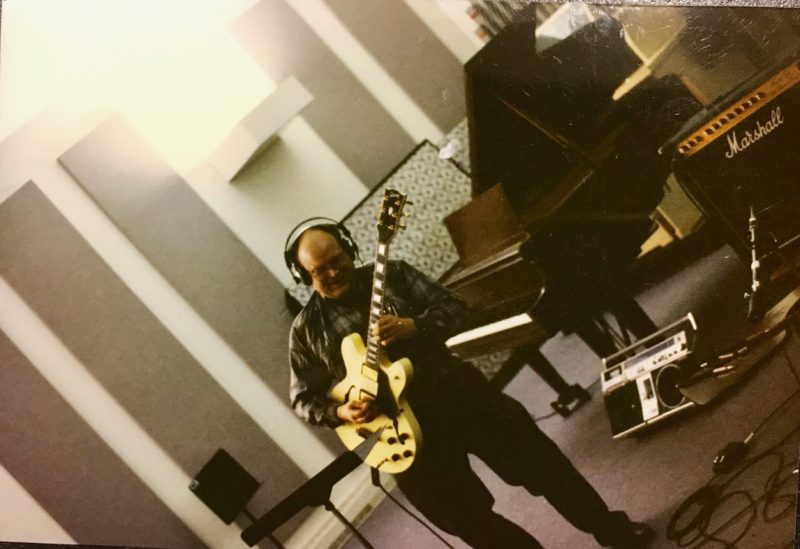
– note boombox lol!
Practice! The very word can bring about feelings of loathing and drudgery when it comes to your instrument. Is there a way around it? Not really, but maybe there is a way to make it less miserable, more interesting and even (dare I say?) fun. We all have something that we can play really well, so we should certainly include that in our practice routine. Then there is the homework…a new mountain to climb that seems to be insurmountable. If you can come up with a daily routine that includes a balance of work and fun, then maybe you can find that daily motivation to “hit the books.” Let’s say you want to practice one hour per day. If you can make that commitment, then you will make good progress. Now, let’s map out your hour to better organize your practice time:
Preparation:
Set a timer for one hour and ten minutes. This gives you ten minutes to get set up, get your practice materials ready and get your instrument in tune.
Warm-up:
Spend five to eight minutes playing stuff that you really enjoy. This is most likely the tunes that are quite easy for you to play and will make you feel good about yourself.
Jump into the fire:
Open your “book” (folder or whatever) to the latest piece that is be-deviling you. If it seems too daunting, listen to the audio if one is available. Then, look at the first measure or two. Can you “drag” yourself through that much of it? If so, you’ve taken a huge step forward! Stick with this small section before moving on to any more of this difficult piece. Play it over and over at least 8 times, maybe more. There is probably some particular area of two to three notes where you are tripping up again and again. Zero in on that area and see if there is a finger out of place or an unusual finger placement.
Once you tackle this little section, you may find that it reoccurs in other parts of the tune, so you may have solved more than one problem area without even knowing it. If you can get further into this challenging new piece by going “a measure at a time”, then so much the better. This activity might take a good twenty minutes, which will leave you about half an hour to go.
Work on memorization:
Pick a tune you can play really well. Perhaps you are still reading the music or tablature, but you can play it like a champ when you are reading it. Try closing your book and see if you can play it without your “crutch.” You may get through the first couple of measures and then it may start to break down and get a little “hazy.” One method that works well for me when I have to memorize something, is to make a recording of myself.
First, play through the song while reading it. Then, record yourself playing the tune while reading it from the page. Remember before you play it to give yourself a count-off so you are ready to play along with the recording you are about to make. Assuming you played it correctly on the recording, the next step is hide the page, turn on the recording, and try playing along. This helps you “psychologically” to push your memory further, because you know you can play it. It is just a matter of picturing yourself playing it correctly. It works for me every time. This little exercise could easily take up fifteen to twenty minutes.
Last ten minutes:
If you feel too burned out from what you’ve had to do for the last fifty or so minutes, go ahead and play your “best stuff” and enjoy yourself for the last ten minutes. This would be a good time to try playing along with CD’s or other recorded accompaniments that you can play along with or are trying to get better at doing so. You could also record yourself playing your best stuff. When listening to your recordings ask the following: Is your timing consistent? Are your notes and chords coming out clear? Do you “slow down” in the tougher spots? Be critical but don’t be too hard on yourself. After all, for many of you beginners, you are making decent-sounding music for the first time. Tomorrow is another day, and you will make progress. Save those recordings you made today, then in a month, compare them to what you sounded like today. I think you’ll be amazed at the difference you hear!



